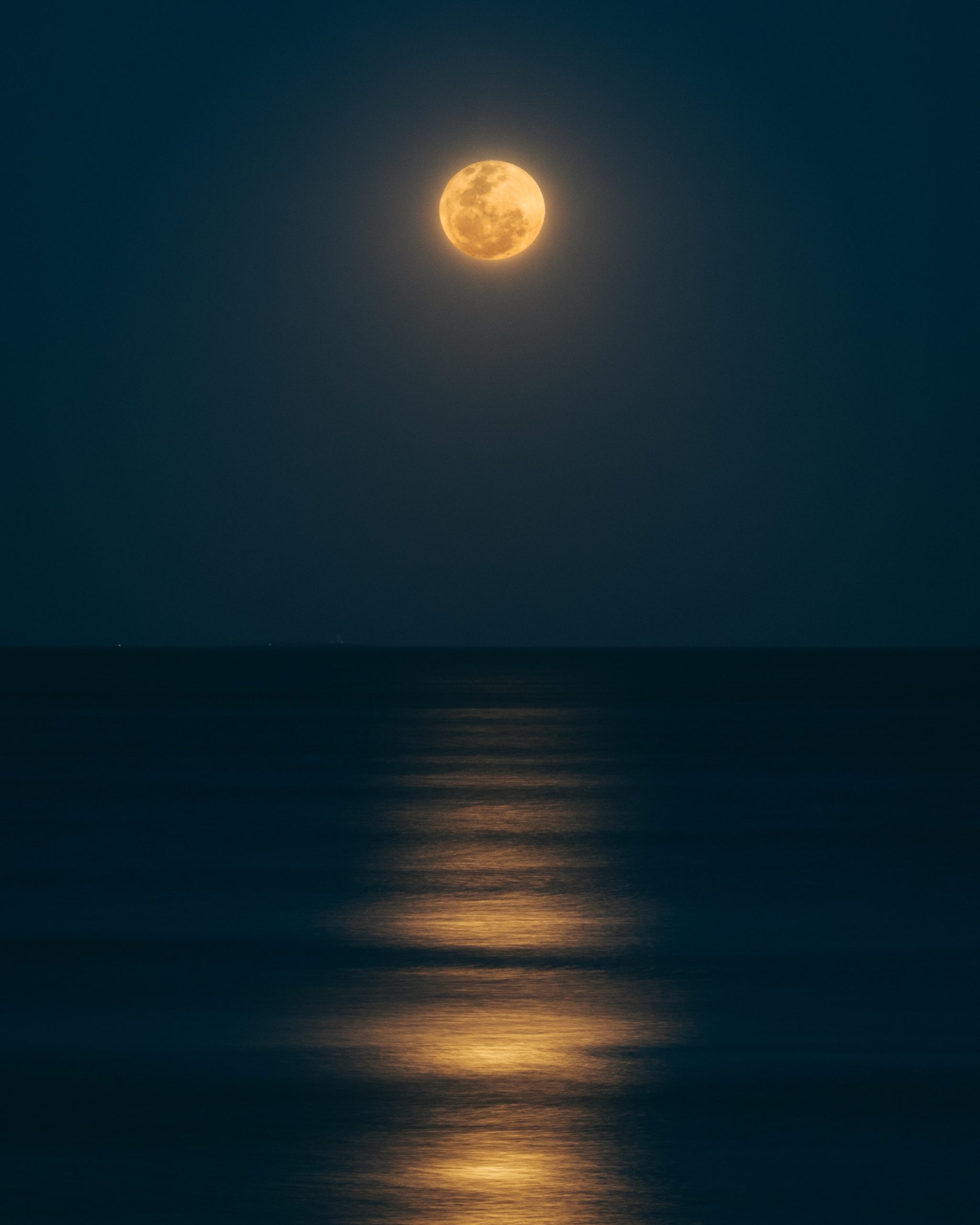Understanding the Waning Gibbous and Waxing Gibbous Moon Phases
Many of us enjoy gazing at the moon, captivated by its radiance and beauty. But have you ever wondered why the moon appears to change shape throughout the month? The moon phases, as we know them, are a direct result of the interaction between the sun, the moon, and the Earth. In this blog post, we will dive into two specific moon phases: the waning gibbous and the waxing gibbous. We’ll explore what these phases entail, how they differ from other lunar phases, and why they are significant. So, let’s embark on a journey through the celestial realm to unravel the mysteries behind these enchanting moon phases.
What is a Moon Phase?
Before delving into the intricate details of the waning gibbous and waxing gibbous moon phases, let’s briefly revisit what a moon phase is. From our perspective on Earth, the moon appears to go through a cyclic pattern of different shapes, known as moon phases. These phases are determined by the positions of the Earth, moon, and sun, and the resulting illumination of the moon we see from Earth.
The moon’s phases can be broadly classified into eight main stages, each lasting about 7.4 days. These stages are:
- New Moon
- Waxing Crescent
- First Quarter
- Waxing Gibbous
- Full Moon
- Waning Gibbous
- Last Quarter
- Waning Crescent
Now that we have a basic understanding, let’s focus on the waning gibbous and waxing gibbous phases.
Waxing Gibbous: Between First Quarter and Full Moon
The waxing gibbous moon phase occurs between the first quarter and full moon stages. During this phase, the moon is transitioning from a half-moon shape to a fully illuminated disk. Thus, it is often referred to as a “growing” or “increasing” moon phase.
Visually, the waxing gibbous moon appears larger and brighter than previous phases. As the sun’s rays hit the moon at an increasing angle, the illuminated portion of the moon becomes larger day by day. However, it’s not until the following phase, the full moon, that the entire face of the moon is visible from our perspective on Earth.
Characteristics of the Waxing Gibbous Phase
During the waxing gibbous phase, there are several distinguishing characteristics worth noting:
| Characteristics | Description |
|---|---|
| Increasing Illumination | The illuminated portion of the moon grows larger each day, transitioning towards a full moon. |
| Bright and Visible | The waxing gibbous moon appears bright and is easily visible in the night sky. |
| Rising in the East | During this phase, the moon rises in the eastern part of the sky. |
| Visible Throughout Most of the Night | The waxing gibbous moon can be seen for a significant part of the night, shining brightly. |
These characteristics make the waxing gibbous moon phase a remarkable time for stargazers and moon enthusiasts alike.
Waning Gibbous: Between Full Moon and Last Quarter
After the full moon, the moon begins its journey towards a smaller crescent shape. The waning gibbous phase marks the transition between the full moon and last quarter moon. As the moon progresses through this phase, it gradually loses its illumination, appearing to shrink in size.
Similar to the waxing gibbous phase, the waning gibbous moon is visible for a significant part of the night. However, instead of being illuminated by the sun’s direct light, it is now the early morning sky in the west that lights up the moon.
Characteristics of the Waning Gibbous Phase
Let’s take a closer look at the notable characteristics of the waning gibbous moon phase:
- Gradual Decrease in Illumination: The illuminated portion of the moon begins to shrink as the phase progresses towards the last quarter moon.
- Visible During Early Morning: The waning gibbous moon is visible during the early morning hours, often seen in the western part of the sky.
- Changing Shape: The moon gradually transforms from a fully illuminated disk to a smaller, crescent-like shape.
- Symbolic Significance: The waning gibbous moon is often associated with reflection, introspection, and the need to release or let go of things.
As the moon progresses from the full moon to its last quarter, the waning gibbous phase offers us a chance to contemplate our intentions, release what no longer serves us, and prepare for the next lunar cycle and new possibilities.
In Conclusion
The waning gibbous and waxing gibbous moon phases hold significant beauty and symbolism. Whether it’s the bright and growing moon we witness during the waxing gibbous phase or the gradually diminishing illumination represented in the waning gibbous phase, these moon phases remind us of the ever-changing nature of our existence.
As you turn your gaze towards the night sky, take a moment to appreciate the celestial dance happening above. The waning gibbous and waxing gibbous moon phases offer us a unique opportunity to connect with the cosmos and reflect on our own personal journey in sync with the lunar cycles.
So, next time you find yourself mesmerized by the moon’s radiant glow, remember that the waxing gibbous and waning gibbous phases are more than just points in a lunar cycle—they are integral parts of a magnificent cosmic symphony.
Table of Contents
